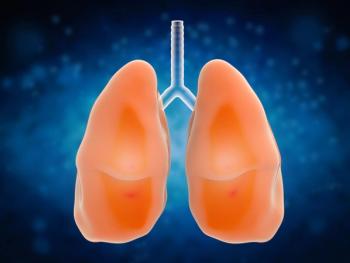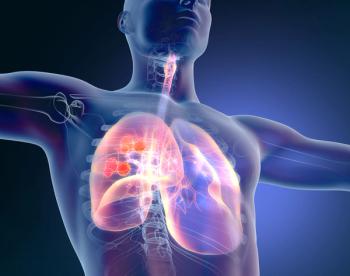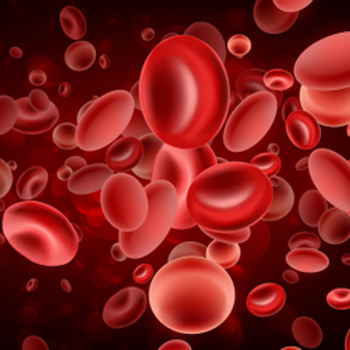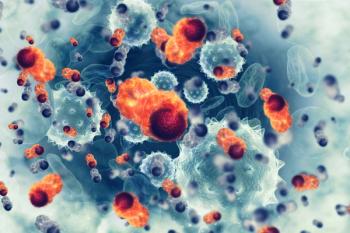
- ONCOLOGY Vol 21 No 7
- Volume 21
- Issue 7
New Data Show Cervical Cancer Vaccine Provided Significant Protection Through 3 Years
The New England Journal of Medicine recently published results from two phase III studies of Merck's cervical cancer vaccine, Gardasil [quadrivalent human papillomavirus (types 6, 11, 16, 18) recombinant vaccine].
The New England Journal of Medicine recently published results from two phase III studies of Merck's cervical cancer vaccine, Gardasil [quadrivalent human papillomavirus (types 6, 11, 16, 18) recombinant vaccine]. In the first study, Gardasil provided 100% protection against cervical, vaginal, and vulvar diseases caused by the four HPV types the vaccine is designed to protect againstHPV types 6, 11, 16, and 18. In the second study, the vaccine provided 98% protection against advanced cervical precancers caused by the two primary cancer-causing HPV typesHPV 16 and 18. These significant results, observed in 15- to 26-year-old women who were not infected with the relevant HPV types when they began the study, were sustained through an average of 3 years of participation in the trials, including an additional year of follow-up since data were presented to the US Food and Drug Administration (FDA) for approval of the vaccine (N Engl J Med 356:1915-1927, 2007).
Decreasing the Burden
"In these two studies, Gardasil demonstrated significant protection against serious HPV-related diseases, including high-grade cervical precancers, in women not previously exposed to the relevant HPV types targeted by the vaccine," said Kevin Ault, md, associate professor, division of gynecologic oncology, department of gynecology and obstetrics, Emory University School of Medicine, Atlanta. "Widespread immunization of 11- to 26-year-old girls and women with Gardasil, along with continued screening, will help decrease the burden of cervical cancer and other HPV-related diseases."
It is estimated that in 2007, cervical cancer will strike more than 11,000 women in the US and nearly 500,000 women around the world. Gardasil helps protect against the four HPV types that cause the most disease, including 70% of cervical cancer cases and 90% of cases of genital warts. All four types cause a large number of "abnormal" Pap test results and low-grade cervical lesions.
Articles in this issue
over 18 years ago
Next Steps in Myeloma Managementover 18 years ago
Curing Pediatric Cancers: A Success Story Reconsideredover 18 years ago
The Moving Target of Cancer Care Costsover 18 years ago
Study Identifies Five Risk Factors Linked to Melanoma Detectionover 18 years ago
FDA Clears New Device to Treat Malignant Lesions in the SpineNewsletter
Stay up to date on recent advances in the multidisciplinary approach to cancer.

















































































